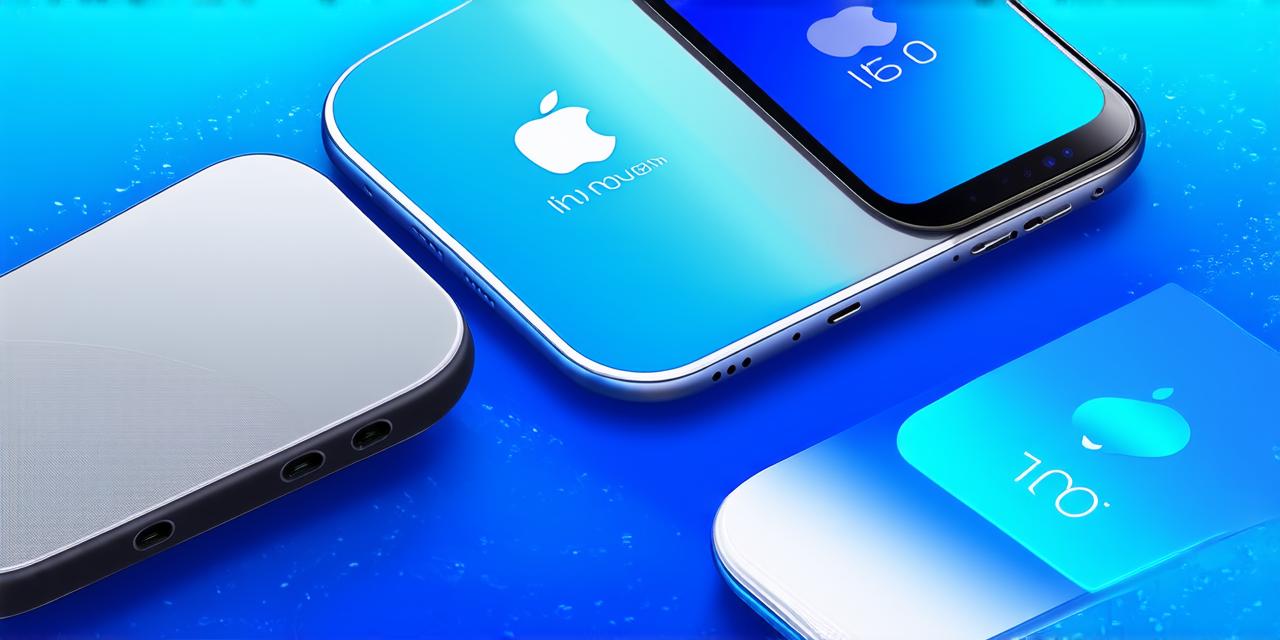As an iOS developer, you know the importance of keeping your app up-to-date with the latest features and bug fixes. But manually updating your app every time a new version is released can be time-consuming and prone to errors. That’s where automatic updates come in. By enabling automatic updates for your iOS app, you can streamline the update process and ensure that your users always have access to the latest and greatest features.
The Importance of Automatic Updates
Before we dive into the technical details of enabling automatic updates for your iOS app, let’s take a moment to understand why it’s so important.
Enhancing User Experience
Automatic updates can greatly enhance the user experience by ensuring that your app is always up-to-date with the latest features and bug fixes. Users don’t have to manually check for updates or download new versions of your app, which can be frustrating and time-consuming. Instead, automatic updates take care of this for them, making it a seamless experience.
Improving Security
Security is another key factor to consider when enabling automatic updates for your iOS app. By automatically updating your app with the latest security patches and bug fixes, you can protect your users from potential vulnerabilities and ensure that their data is always safe.
Boosting Retention Rates
Finally, enabling automatic updates for your iOS app can save you time and money in the long run. Instead of manually updating your app every time a new version is released, you can set up automatic updates to take care of it for you. This can free up more time for development and other tasks, leading to cost savings for your business.
How Automatic Updates Work
Now that we’ve discussed the benefits of enabling automatic updates for your iOS app, let’s take a look at how it works.
App Store Connect
The first step in enabling automatic updates for your iOS app is to set up an account with Apple’s
App Store Connect
. This platform allows you to manage all aspects of your app’s distribution and updates, including automatically releasing new versions to your users.
Code Signing
Once you have an account with
App Store Connect
, the next step is to enable code signing for your app. Code signing is a process that ensures that the code in your app has not been tampered with or modified since it was originally signed by Apple. This helps to prevent hackers and other malicious actors from accessing sensitive data through vulnerabilities in your app’s code.
Version Management
Once you have enabled code signing for your app, the next step is to set up version management. By setting up version numbers for your app, you can track the progression of updates and ensure that users always have access to the latest features and bug fixes. This can also help you keep track of user feedback and make improvements based on their suggestions.
Release Settings

Finally, once you have enabled code signing and version management for your app, you can set up release settings in Xcode, the development environment used by iOS developers. These settings allow you to configure how updates are released to your users, including whether they should be automatic or manual.
Enabling Automatic Updates in Xcode
Setting Up
Release Settings
The first step is to open Xcode and navigate to the “Product” menu at the top of the screen. From here, select “Scheme” and then “Manage Schemes.” This will open up a new window where you can manage your app’s schemes, which are essentially collections of settings that determine how your app is built and distributed.
Once you have selected your app’s scheme, click on the “Build Settings” tab at the top of the window. From here, you can scroll down to the “Automatic Updates” section and select “Enable Automatic Updates.” This will enable automatic updates for your app and ensure that new versions are automatically installed on users’ devices whenever they become available.
Customizing Update Settings
While enabling automatic updates is a great way to streamline the update process, you may want to customize some of the settings to better suit your needs. For example, you can specify which types of updates should be automatic (such as bug fixes or new features) and which should require manual approval from users. You can also configure how often updates are checked for and when they are installed, depending on your app’s usage patterns and user preferences.
Testing Automatic Updates
Before releasing your app with automatic updates enabled, it’s important to test the feature thoroughly to ensure that it works as intended. You can do this by simulating various update scenarios in Xcode, such as testing how updates are installed and whether users are notified when new versions are available. This will help you identify any issues or bugs that may need to be fixed before releasing your app to the public.
The Benefits of Automatic Updates for iOS Developers
Now that we’ve covered how to enable automatic updates for your iOS app, let’s take a look at some of the specific benefits that this feature can bring to your development team and business as a whole.
Improved User Experience
As we mentioned earlier, enabling automatic updates for your iOS app can greatly enhance the user experience by ensuring that users always have access to the latest features and bug fixes. This can lead to increased engagement, higher user satisfaction, and ultimately, more revenue for your business.
Reduced Development Time
Automatic updates can also save you time in the development process by automating many of the update tasks that were previously performed manually. This can free up more time for development and other tasks, leading to cost savings for your business.
Increased User Retention
By providing a seamless and hassle-free update experience for your users, you’re more likely to retain them and keep them coming back to your app. This can lead to increased engagement, higher user satisfaction, and ultimately, more revenue for your business.
Improved Security
Finally, enabling automatic updates for your iOS app can improve security by ensuring that your users always have access to the latest security patches and bug fixes. This can help protect your users’ data from potential vulnerabilities and ensure that their information is always safe.
Conclusion
In conclusion, enabling automatic updates for your iOS app is a powerful tool that can improve the user experience, reduce development time, increase user retention, and ultimately lead to increased revenue for your business. By following the steps outlined in this guide, you can easily set up automatic updates for your app and ensure that your users always have access to the latest features and bug fixes.
